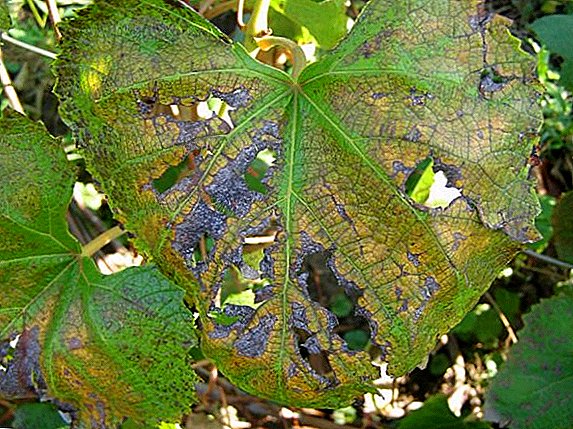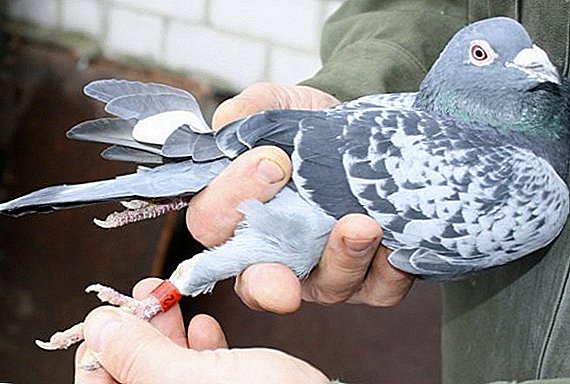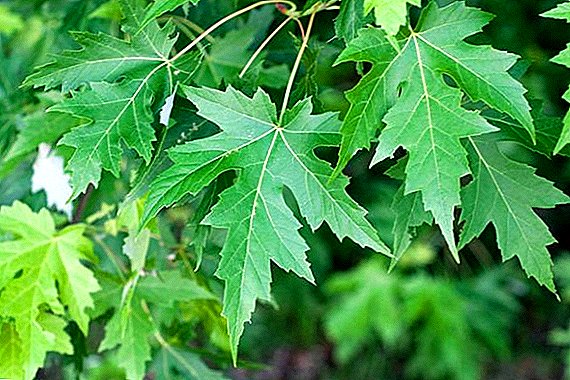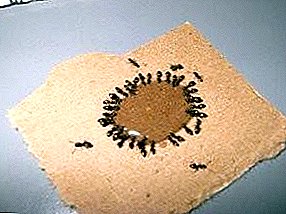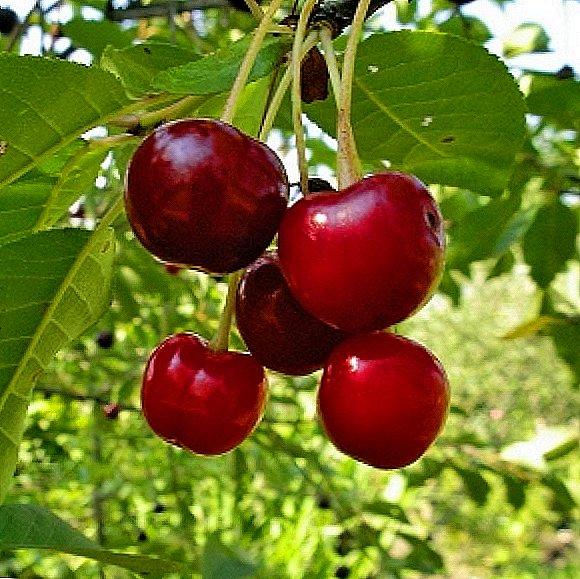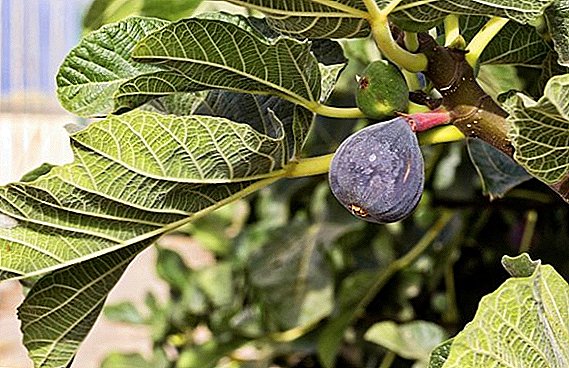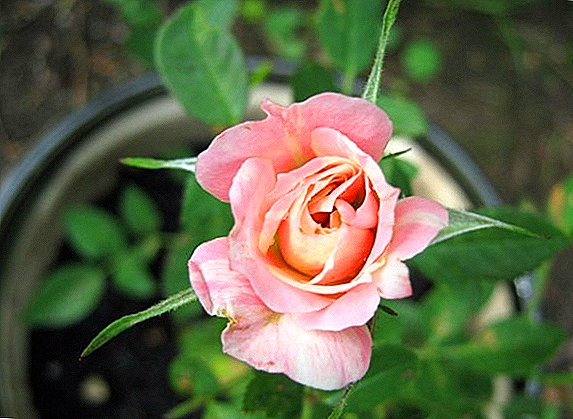
Orchids are delicate and sensitive plants that are extremely sensitive to adverse living conditions. Any defect in the care of this flower is fraught with certain problems. Orchid maintenance in the wrong conditions can cause various diseases that, in the worst of cases, will lead to the death of the plant. One of these unpleasant phenomena is orchid root disease.
Root system importance
Orchid roots epiphyte are very important organs, because they perform many functions.
- First of all, thanks to them, orchids are kept upright.
- Secondly, they are involved in photosynthesis, as is the leaf surface.
- Third, the roots are needed to absorb moisture and extract nutrients from the air and bark of the trees on which orchids live.
Another, smaller part of orchids are lithophytes growing on rocky and stony rocks. Just looking at the roots of the orchid, you can accurately find out the health of the plant. Orchid roots, both airy and internal, must be healthy in appearance: strong, dense, with no signs of rot, no dark spots and not be dried out.
This rule applies both to phalaenopsis, the roots of which are green in color, and to cattley and dendrobium, whose roots are mostly white, with the exception of the growing green tip.
Rainwater that flows down the trees, washes away and dissolves the remnants of organic matter - semi-decomposed leaves, as well as traces of birds and insects. In this way, a nutrient solution is formed that is absorbed and retained by means of velamen. Hygroscopic Belamen collects moisture from the air, soaking in water vapor. Fog and dew provide the orchid with moisture during dry periods. Velamen also protects the roots of orchids from drying out.
 In order to collect the right amount of moisture, these plants need a large absorbent surface of the roots, so the orchid forms the "beards" of aerial roots hanging from tree branches. With the help of orchid roots securely attached to the rough surfaces of the bark.
In order to collect the right amount of moisture, these plants need a large absorbent surface of the roots, so the orchid forms the "beards" of aerial roots hanging from tree branches. With the help of orchid roots securely attached to the rough surfaces of the bark.
If the root is firm and resilient, it is a sign of its viability. At the same time, if the root appears to be healthy, but when pressed, it is easily pressed, most likely it is dead. It happens, in general, a healthy root has a necrotic area somewhere in one place. Such a root is no longer useful to the plant, because it is not capable of fully nourishing it, and may even cause harm: a dead patch can be a source of infection for orchid stems.
Why does it turn yellow?
Quite often, growers find that orchid roots take on a yellow tint (especially at the bottom of the pot). The reason for this phenomenon is that parts of the root system that are at a depth suffer from a lack of light. The process of photosynthesis in this part of the root system is incomplete.
What do healthy roots look like?
Healthy roots are green after watering and grayish-green if the ground has dried under the orchid. The roots are involved in photosynthesis, and this is due to their green color. The roots, immersed in the substrate, become yellow or even brown.
What if they change color?
Yellow orchid roots should not be pruned. These parts of the root system are not dangerous for the orchid. They simply lost their color due to the fact that no light came to them, deep in the middle of the pot. These are working and healthy roots, they can gradually restore the green color.
How to save the plant?
If the bottom is dry and the leaves turn yellow
The most obvious reason for the drying of the root system is the lack of moisture due to sparse watering. Due to the high air temperature, the problem is exacerbated. It can be solved by reducing the intervals between watering and increasing the amount of moisture. Another reason is that there is too much moisture. In this case, the roots also dry up. To solve this problem, change the water regime - the intervals between irrigation increase, allowing the substrate to dry completely.
If the roots dry out after changing the moisture regime, this can occur due to burn with chemicals. This happens with an excess amount of mineral fertilizers or when using hard tap water.
Important! Orchids are watered about 6-7 days.
The reason for the yellowing of the leaves is often waterlogging. Due to excessive watering, air does not flow to the orchid's root system, with the result that the roots rot and can no longer nourish the leaves, due to which the leaves turn yellow. Some novice growers are guided by the state of the top pieces of bark for watering orchids. The upper pieces of bark dry out during the first day, and inside the pot the soil can remain wet for a week.
The lower part of the plant becomes straw color
The yellow color of the roots suggests that they lack light and air. Roots must breathe. Make the substrate looser and more air-conductive and use a transparent container.
We offer a video on the resuscitation of a drying and yellowing orchid:
Prevention
 In order for the roots not to turn yellow or sore, the orchid must be planted in a transparent plastic pot, which is filled with a hygroscopic substrate. The plant needs a substrate to support, so it should not be too dense. It is made from pieces of bark, moss, charcoal and other breathable materials.
In order for the roots not to turn yellow or sore, the orchid must be planted in a transparent plastic pot, which is filled with a hygroscopic substrate. The plant needs a substrate to support, so it should not be too dense. It is made from pieces of bark, moss, charcoal and other breathable materials.
In order to properly care for an orchid, you need to know what a healthy plant looks like - what color should be in the leaves, roots, peduncles. Often, a change in the color of any part of a plant indicates its poor condition. Usually, an orchid is planted so that most of its roots can be seen with the naked eye. Healthy green roots immediately after watering and grayish-green, if the ground under the orchid has dried. But sometimes the roots begin to lose their natural color, becoming yellow or brown.


